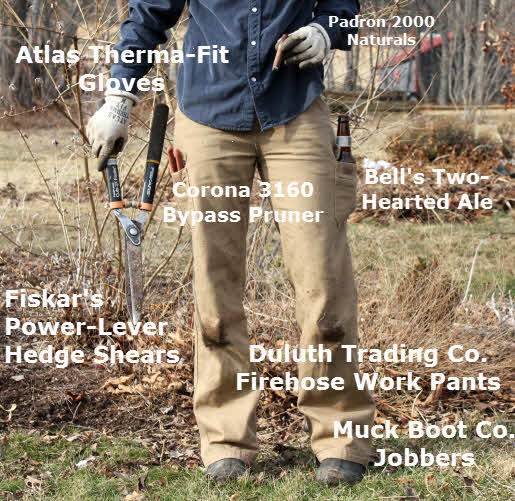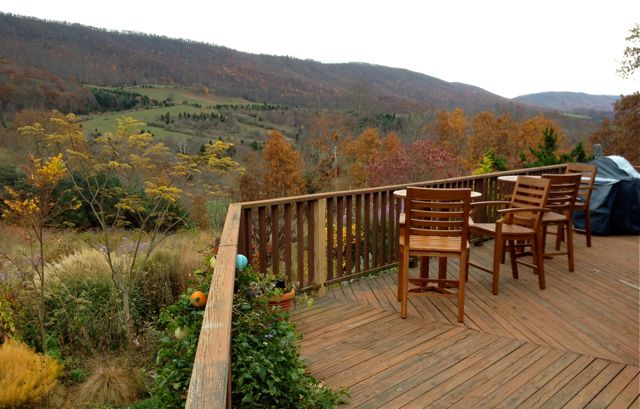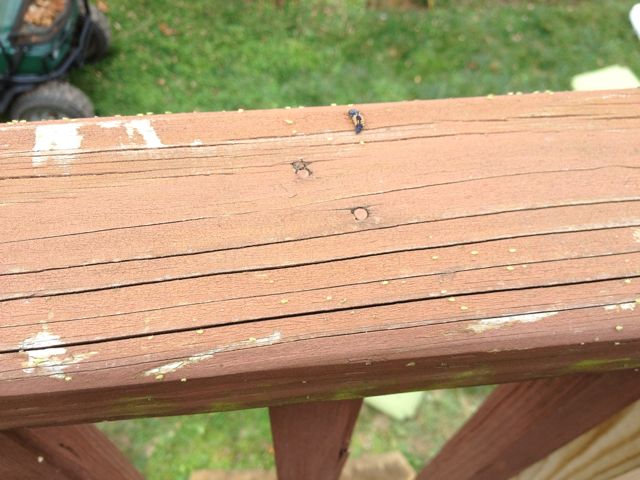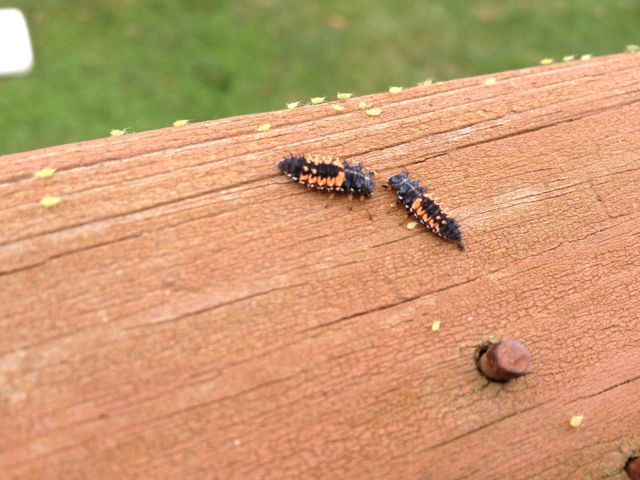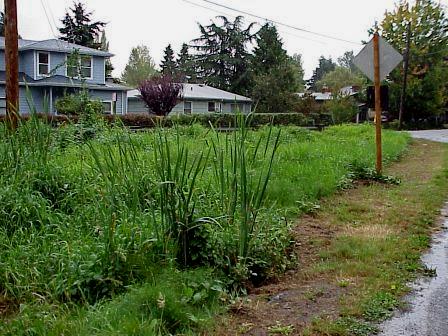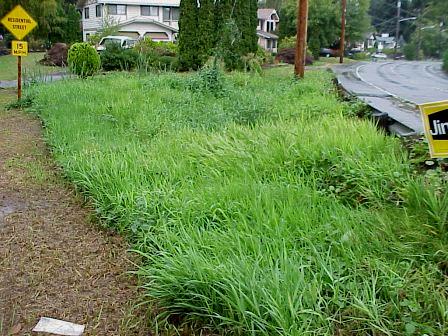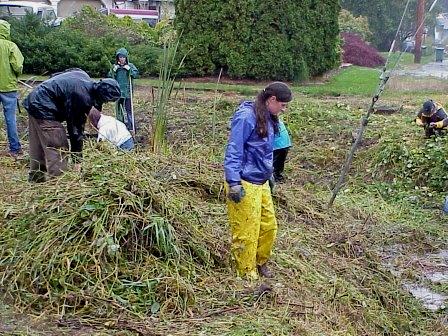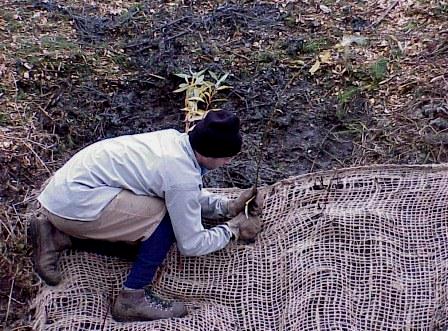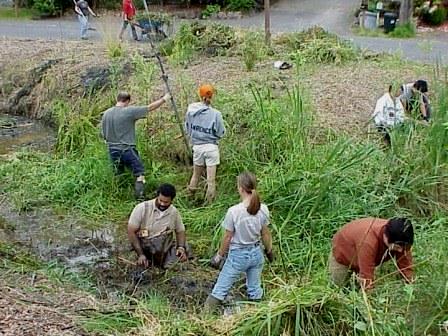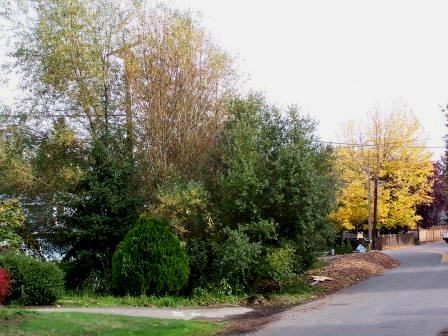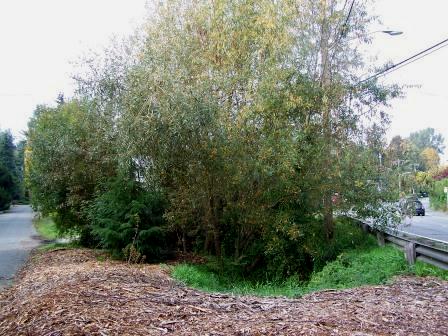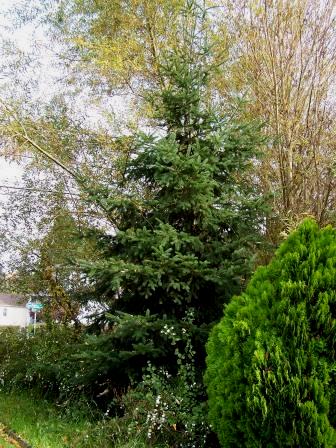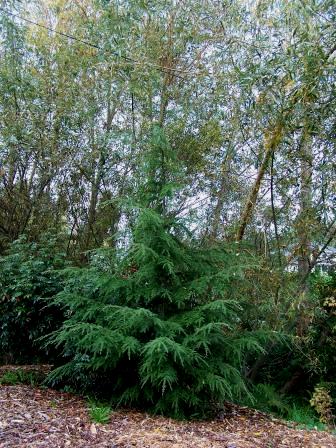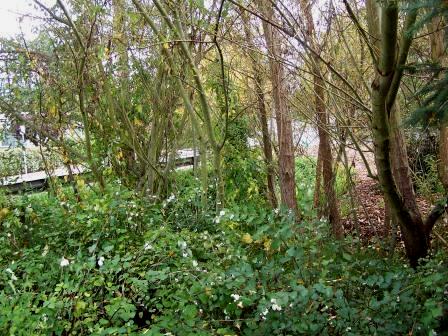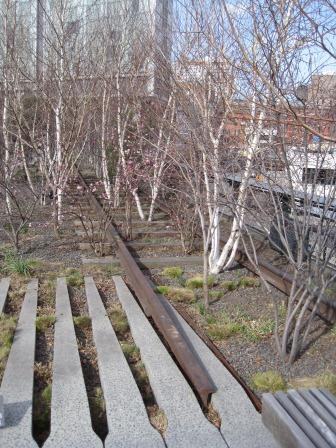
Howdy all – I’ve been on vacation and then inundated by all that accumulates whilst on said holiday. Here’s a whopper of a belated post. What follows is an account of events you may find interesting (or amusing, or frustrating).
Here’s a portion of a recent press release from the media office at Virginia Tech, regarding our making the "Green Honor Roll."
BLACKSBURG, Va., April 25, 2012 – For the third consecutive year, Virginia Tech ranks among the most environmentally responsible colleges in the United States and Canada, according to the Princeton Review, receiving the highest possible score given by the organization.
The Princeton Review’s Guide to 322 Green Colleges: 2012 Edition, released April 17, profiles institutions of higher education that demonstrate a notable commitment to sustainability in their academic offerings, campus infrastructure, activities, and career preparation. The Princeton Review, in collaboration with the Center for Green Schools at the U.S. Green Building Council, evaluates colleges and universities and assigns a numerical score on a scale of 60 to 99.
Virginia Tech received a score of 99, earning the distinction as one of 16 colleges to be named to the Princeton Review’s 2012 Green Rating Honor Roll.
“Virginia Tech continues to be totally committed to campus sustainability," said Denny Cochrane, Virginia Tech’s sustainability program manager. "Our inclusion on the Green Rating Honor Roll shows how wide spread the commitment is among out students, faculty, staff, alumni, and university leadership."
********
The story of “Stadium Woods” is interesting and complex. Virginia Tech Athletics announced the construction of an indoor practice facility for football on part of an 11-acre wooded site, behind Lane Stadium and abutting the current practice field (hence “stadium woods”). The campus Landscape Architect brought it up at a meeting with the campus Arboretum Committee, who were not thrilled. Virginia Tech has followed a plan of very concentrated/intense land use to keep everything within walking/running distance for the students, and this was one of the few wooded areas left.
The committee proposed an alternative site a few hundred yards away, with the new facility replacing some tennis courts and a roller-hockey rink.
This suggestion was not met with great enthusiasm by the Athletics department.

Two possible sites for indoor practice facility, adjacent to practice field where 200-300 year old trees are, or along Washington Street on top of some tennis courts (also possibly 200 years old).
At that point, an immense hoo-ha began that would stretch over a year. I’m going to leave out the ensuing committee/administrator/athletics blow-by-blow, but in a nutshell, some of the Forestry faculty determined this was not just “woods” but a rare stand of old-growth forest, and the Athletics folks were insistent “this is absolutely the best place for the facility!” Football is huge at Virginia Tech, thus anything described as giving an edge in recruiting gets maximum priority. In the event of a thunderstorm, having the student-athletes run an additional 150 yards from the practice field to the alternative indoor facility location was just not acceptable. Other issues included digging up a ton of infrastructure (steam lines, electric, etc.) that runs along the road, plus the height of the proposed building does not conform to the campus Master Plan (since it’s for football, it has to be be tall enough to kick a field goal in. We really do need a lot of practice at that.) Guesstimates are around $1million increase to account for the infrastructure issue (added to the $15 million estimate for construction).
A community group “Save Stadium Woods” was formed, complete with a (very nice) website and a letter-writing campaign to the local newspaper. There were petitions, resolutions from everybody and their mother, and more. The local coverage was intense plus there was a letter to the editor in nearly every newspaper issue for the past three months. CNN even covered the story, which was great, as no campus shootings were involved for the first time in a
620
while. One of the 300+ year old white oaks was named “Stephen Colbert” in an effort to raise awareness (?!?).
An ad-hoc committee of university administrators, both Athletics and non-, plus interested parties from both the faculty and the community was charged by the President to come up with a solution.
And of course, a third-party consultant was brought in, because we apparently don’t have enough smart people here on campus.
Yes, quite the head-scratcher… place the building and site footprint on top of 3 acres of steeply-sloped, old-growth forest? Or remove some aging and underused tennis courts, which could be relocated to the intramural athletics area on the fringe of campus. Yet Athletics continued to argue, and University administration was silent.
The committee weighed in a week ago, coming to the logical conclusion of protecting the woods and utilizing the tennis court site. I guess the weirdest part of this is that something so no-brainer-ish was allowed to drag on and on, giving our beloved Virginia Tech and so-called “Green University” (complete with TreeCampus USA designation) a black eye.
<p

